Reading Bear
2 Replies
Reading Bear is an American website containing free phonics and vocabulary activities which are designed for young children, but aren’t actually very teddy-bearish, so could be used with older catch-up learners too.
The idea came from Larry Sanger, one of the people behind Wikipedia – the sort of person who makes the rest of us feel inadequate, and recalls the Tom Lehrer joke, “When Mozart was my age, he had already been dead for three years”.
Funding for the site came from an anonymous donor, and lots of volunteers and other good people contributed with the intention of creating something great to help little English-speaking kids around the world learn to read, and build their vocabularies. Nice one.
You can use the site without logging in (she wrote, aware that she just lost a lot of readers who are now going to click here and explore the site for themselves), but if you do tell the site your email address and a password, then you’re instantly logged in and can start adjusting the settings and recording your progress.
Learn the letters
I was a bit disappointed to find that the first things the site recommends are that children learn an alphabet song and the names of letters.
Knowing the order of letters in the alphabet is important if you are using a dictionary or have a job that involves storing/finding things in alphabetical order e.g. if you are a filing clerk.
Young children should learn about sounds represented by letters before they learn letter names, as many get these two things very confused, and end up writing “car” as “CR” and “well” as “WL”. Knowing letter names is essential if you are doing something like spelling out a word over the phone, or entering a spelling bee. But these things are not top priority for absolute literacy beginners.
Try skipping Steps 1-8 of the “Learn the letters” activities, and just cutting straight to the chase – sounds and their spellings, but beware that Step 9 recommends teaching 26 “letter sounds” before using them to spell and read words.
I much prefer a Synthetic Phonics approach where a small subset of sounds and letters are introduced and immediately used in reading and writing little words, for example:
- Little Learners Love Literacy starts with the sounds/letters: m, s, f, a, p, t, c, i.
- Get Reading Right starts with s, m, c, t, g, p, a, o.
- Sounds~Write starts with a, i, m, s, t.
- Jolly Phonics starts with s, a, t, p, i, n.
- Phonics International starts with s, a, t, p, i, n, c, k, ck, e, h, r.
- The Spelfabet materials start with p, d, t, a, o (many kids with speech-language difficulties have trouble with the sounds “s”, “c” and/or “g”, so I start with just three very early-developing consonants from which it’s possible to make lots of words).
Step 10 in “Learn the letters” expects children to be able to find a letter from an array of 26 if told a sound, or say a sound if shown a letter. This is called a “game” but I’m pretty sure the children I know would quickly think of it as a test and not want to do it unless bribed with phalanxes (phalanges?) of stickers, loom bands and Pokemon cards. So I’d be inclined to skip the whole Reading Bear “First Learn the Letter Sounds” section, do some other beginners’ synthetic phonics activities first to learn one sound for each letter of the alphabet, and then start using Reading Bear.
“Short” vowels
Reading Bear’s first five “presentations” each focus on a “short” vowel sound. There’s actually nothing short (in a time sense) about the sounds “a” as in “cat”, “e” as in “hen”, “i” as in “big”, “o” as in “got’ or “u” as in “cut” – they can all be prolonged – but what they have in common is that they can’t be the final sound in English words (though if you say that to a teenager they will probably respond “meh”).
First, Reading Bear presents 3 sounds and letters (e.g. m-a-p) and then models blending them into a word before showing a relevant picture (a map) and reading out and highlighting a sentence containing the word (“This is a map of the United States”) illustrated by a video clip.
Then it repeats this activity with different words. In the “short a” section, the words are lap, nap, tap, bat, pat, rat, jam, Sam, ham, man, tan, pan, van, fan, bag, rag, wag, mad, had, dad, pad, sad and gas.
The woman who sounds the words out has very nice, precise, crisp consonants, which you’d think would be the case in all phonics activities, but is surprisingly rare.
These are explicit phonics activities which show children that spoken words are made of sounds, and letters are how we write them. They also very explicitly show children how to blend sounds into words.
They don’t include edutainment-type fun for little kids, and there is nothing in the program that can check whether children are reading words aloud correctly, so they need to be done with adult supervision and encouragement. Older, motivated, catch-up learners could probably do them alone, though a lot of the teenagers I know would probably still need a level of supervison.
If you’re logged in, the program will tell you how you’re going and where you’re up to, which should help give a sense of progress. It’s also possible to set up subaccounts under one login, so that a teacher could have several students using Reading Bear and be able to monitor all their progress from her or his login.
Some of the illustrations and sentences are not what I would choose. The word “tap” is illustrated by a picture of a hand on a tabletop with one finger raised, and then the sentence “You can tap Morse Code” with a video of someone using a morse code tapper-thing. I doubt my students know what Morse Code is, so I’d prefer a picture of a water tap and the sentence “turn on the tap”, but in the US they turn on faucets not taps.
The sentence for the word “Sam” is “Uncle Sam says ‘I want you'” (with added stars and stripes and finger-pointing) and the two sentences presented for “gas” are “the car is being filled up with gas”, and “there is gas in soda, it comes out as bubbles”. In Australia most people put petrol in cars and think soda is a white powder used for baking.
As each sentence is read out, it appears on the screen and spellings are highlighted as each word is spoken. This, I like a lot. You can also click on the words in the sentences to hear them sounded out and see them highlighted, but unfortunately Reading Bear mixes up several different levels of analysis e.g. the word “flying” is sounded out as “fl”, “y”, “ing” (a consonant blend, a phoneme/grapheme and then a morpheme/suffix/syllable).
The word “bat” is illustrated both with pictures and videos of the animal bat and the sports equipment bat, which is nice. Each word is presented in several different fonts, which I suppose helps learners understand there are slightly different ways of writing each letter.
For each vowel sound, there are several levels. Depending on the learner’s skill level you might like to skip, “sound it out slowly”, which shows how to blend words, but only requires the learner to copy the spoken word, and go straight to “sound it out quickly” and then “let me sound it out” or the “audio flashcards” or “silent flashcards” where the learner has to provide the sounds as well as blend them to make the words, before seeing the relevant picture.
The order of words presented is the same in each activity, so good memorisers could possibly succeed just by memorising the words in order. However, once you’re logged in, you can randomise the order.
There are two other activities in each level which present sentences including lots of hard spellings, but the website says that they “cannot be used by beginning readers, because they contain many more advanced and irregular words that have not been introduced in the early levels of Reading Bear”. So please, just skip these if working with beginners.
Interludes
After each set of five words, Reading Bear has “interludes” which show a famous painting and play a snippet of classical music e.g. Whistler’s portrait of his mother with Bach’s Air on a G-String (would Bach call it that today?).
Perhaps these interludes do provide a micro-break for learners and refresh their attention, which is the stated purpose.
The pictures are supposed to be child-friendly but I thought some of them might freak very young children out e.g. the closeup of Rembrandt’s self-portrait at age 63, in which he looks decidedly unwell, the grim-looking, black-clad man in Van Eyk’s Arnolfini Portrait, the fact that Rousseau’s Sleeping Gypsy is apparently about to be eaten by a lion, and his scary Snake Charmer:
If the interludes aren’t helping your student, you can log in and turn them off.
Quizzes
For each vowel sound there is a quiz, in which learners are required to look at a picture and then click on the relevant word from a choice of four. You’re offered the option of being quizzed just on one vowel sound or all the vowels studied so far, which is nice.
Here’s what quiz screens look like:
Sometimes it is a little tricky to work out which picture is the intended answer, for example:
The “u” section includes both words with “u” as in “cut” and “u” as in “put”, which would confuse some of my learners.
Sometimes extensive world knowledge is assumed, of the type many of my learners lack:
Later in the quiz, the pictures are removed and learners must listen to a spoken word and then click on the matching written word, eliminating this problem but also information about word meaning.
There’s no penalty during the quiz for getting the wrong answer, it just keeps saying “try again” until you get the right one. However, at the end, it does give you a score.
After a review section, which is a mixture of the earlier activities, more spellings are introduced.
Extra spellings
The next spellings introduced are c, k and ck, presented in words. There’s no explicit demonstration or explanation that “k” is usually before “e” or “i” (or “y”), or that “ck” is an ending spelling, which I suppose is not necessary in reading, but matters for spelling.
I was pleased to see that consonant blends at word endings are introduced before blends at word beginnings, partly because I believe word-final blends are easier, and partly because in mainstream education, final blends get horribly neglected and sometimes only initial blends are taught. Plural “s” is also introduced here.
There’s then a section on “digraphs and x” which introduces:
- “ng” as in the words king, wing, sing, song, long, hang, bangs, lungs,
- “n” as in the words ink, mink, pink, winks, tank, bank, dunk, junk,
- “sh” as in ash, cash, dash, dish, fish, rush,
- “x” as in ax (sic), wax, ox, fox, mix.
So here they mix together two letters representing one sound (ng, sh) and one letter representing two sounds (x), and treat “nk” as one sound, when in fact it’s two. So a little suboptimal, but probably children will cope.
After that, the spellings introduced are:
- Initial consonant blends.
- wh, qu, th (treating qu as one sound, when it’s actually two, but that shouldn’t matter for beginners).
- ch and tch as in chin and catch.
- two-syllable words: a funny grab bag of compound words, words containing affixes and words with a range of stress patterns. The site says all the sounds in long words in sequence rather than working syllable by syllable, and then putting the blended syllables together to make the word. So I probably won’t use Reading Bear to teach children about multisyllable words.
- “long” e as in be, seed, tea (one sound, three spellings), including “ear” and “eer” as in “dear” and “deer”, which work better as “ee” sounds in US English than Australian or UK English, which has no final “r” sound.
- oo as in moon, hook (two sounds, one spelling).
- “ar” as in ma, arm, park (one sound, two spellings, it looks like al as in calm and half is not included).
- “or” as in fork, corn, sport (one sound, one spelling, though there are many more spellings for this sound, as in more, four, soar, poor…)
- er, ur, ir as in her, turn, bird (one sound, three spellings, though this sound actually has five, as in “her first nurse works early”).
- oy and oi as in boy, coil.
- ow and ow, as on owl, snout.
- aw, au, al as in law, haunt, ball (in Australian and UK English this is the same sound as “or”).
- ai as in train.
- ay and air (two different sounds, I would prefer ai and ay to be grouped together, as they are different spellings of the same sound).
- y, ie, i as in by, pie, kind (one sound, three spellings, but they treat some rimes as single sounds).
- o, oa, oe as in no, toad, Joe (one sound, three spellings).
- o, ow as in gold, snow (again sometimes rimes are treated as single sounds).
- ew, ue as in screw, blue (one sound, two spellings).
- 2 and 3 syllables (again a mishmash of words, and single sounds, consonant blends and rimes are sometimes treated as single units).
- a…e and e…e, as in plane and Steve.
- i…e as in pine.
- o…e as in note.
- u…e as in cute.
- the suffix -ing, but there’s no explicit information about the whys and wherefores of omitting final “e” (as in hope-hoping or name-naming), and although the program includes both “wiping” and “whipping” it doesn’t clarify either by demonstration or explanation when we usually double letters (as in hop-hopping and let-letting).
- y as in baby, i as in babies.
- past tensed “ed”, firstly pronounced “ed” as in “shouted”, then “d” as in “boiled”, then “t” as in “parked”. Again there isn’t any explicit information about when or why letters are doubled before the suffix, as in “skip-skipped” or “drop-dropped”.
- er as in bigger, le as in fiddle. Not sure why these two are together.
- ce, ci, cy as in cent, city, fancy.
- “ge, dge etc” which first contrasts words like “hug” and “huge”, “rag” and “rage”, but then includes “stage” but no “stag”, then segues up into long words like “cabbage” and “package” which have an unusual letter a that sounds like “i”. Then it goes back to one-letter-one-sound words like “gem” and “germs” but treats the “ge” as one sound (ge+m, ge+r+m! Where’s the vowel sound? Argh).
From here the program jumps the shark a bit and starts mixing up all kinds of patterns that to my mind don’t go together, especially not in Australian English, and trying to cover too many patterns at once. I probably won’t use the rest of it, but you might be able to find useful bits if you have a particular spelling in mind and explore in detail.
Conclusion
Phonics Bear contains many useful activities that a knowledgeable teacher or parent could use as part of a good phonics program, to add variety and provide extra examples and practice. The menu allows you to choose your activity without having to complete the previous ones, and the structure of the activities is the same regardless of level.
I would not advise using Reading Bear as a stand-alone program, because it’s too repetitive and it doesn’t include spelling activities which make the reversible nature of the spelling code clear, and are where you get really fast improvements because learners are actively engaged, the spelling task is multisensory and there is no room for guesswork.
Carefully matched with other activities which target the same sounds and spellings, Reading Bear looks good value to me, especially when its price tag is $0. Thanks very much, Community Foundation of Northwest Mississippi!


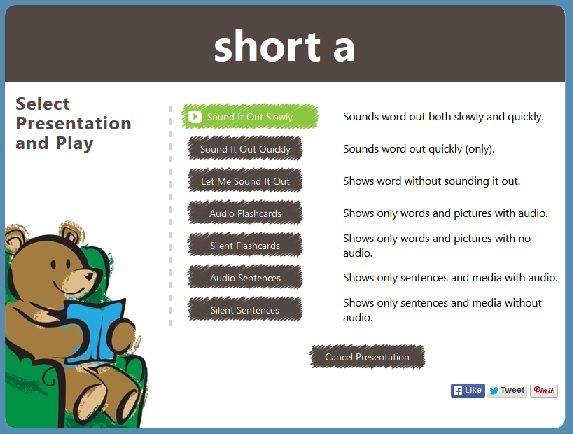
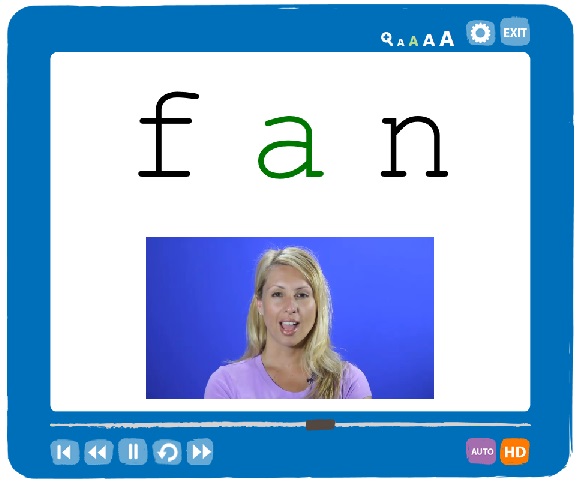
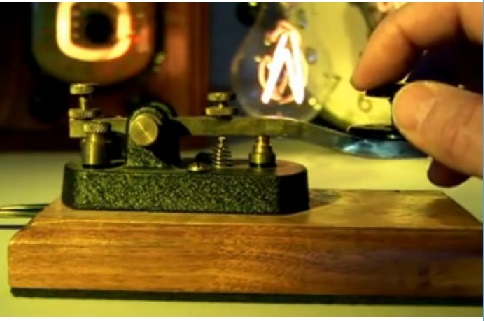
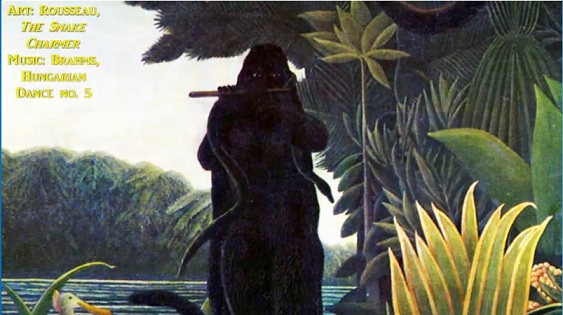
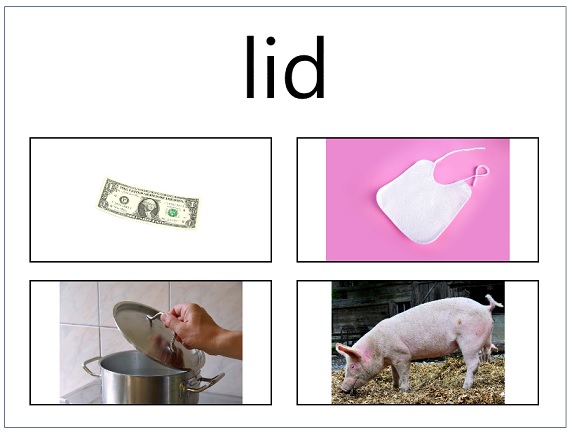

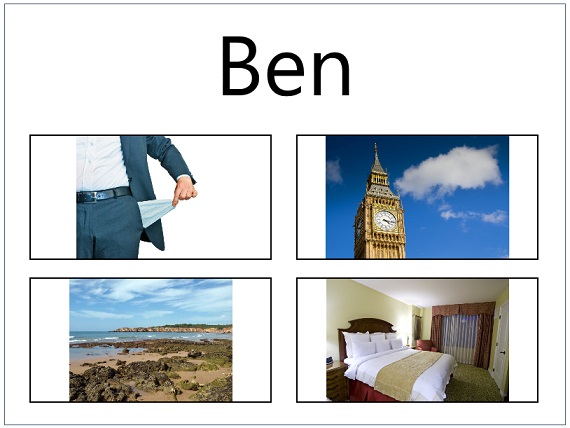


Hi – I am using Readingbear with several of my kindergarten students. I am having trouble with one area. I have subaccounts made for each students. I can not figure out how to connect each subaccount to the activity each child is doing. Can you help me with this? I have a teacher account made and the subaccounts made. Thank you
Hi Christie, I’m so sorry that I don’t know how to help you with subaccounts in Reading Bear, but since you’re in the US it’s probably best to just ask the Reading Bear people directly. The contact person is caseylafoe@yahoo.com. Good luck with it!